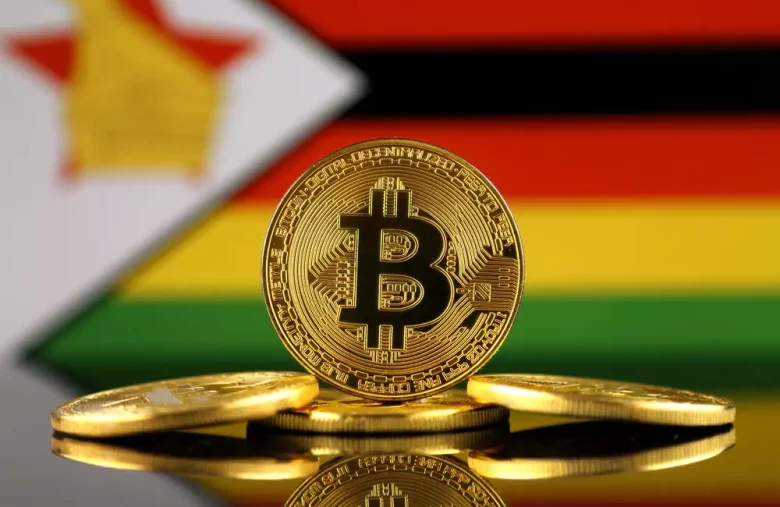Zimbabwe Launches Gold-Backed Digital Currency

The Zimbabwean government has recently unveiled its plans to create a digital currency backed by gold in an effort to strengthen the national economy, stabilize the local currency, and regain the confidence of both domestic and foreign investors. This groundbreaking move aims to address the longstanding issue of hyperinflation and currency instability that has plagued the nation for decades.
Background:
Zimbabwe has struggled with a tumultuous economic history, marred by hyperinflation, economic mismanagement, and political instability. The Zimbabwean dollar (ZWD) was abandoned in 2009 after reaching an astronomical inflation rate of 89.7 sextillion percent. Since then, the country has primarily relied on foreign currencies, such as the US dollar and South African rand, for its transactions.
In 2019, Zimbabwe reintroduced a new currency called the RTGS (Real Time Gross Settlement) dollar or ZWL, which was intended to stabilize the economy. However, it faced a similar fate as its predecessor, with rapid depreciation and soaring inflation rates. As a result, the country’s economy continued to struggle, leading to widespread poverty, unemployment, and crumbling infrastructure.
Gold-Backed Digital Currency: An Innovative Solution
In a bid to regain control of its monetary policy and stabilize its currency, the Zimbabwean government has turned to an innovative solution: a gold-backed digital currency. The new currency will be backed by the country’s substantial gold reserves, which are estimated to be around 13 million ounces. By pegging the digital currency to a tangible asset, the government aims to provide stability and build confidence among investors.
This digital currency will be a form of central bank digital currency (CBDC) issued by the Reserve Bank of Zimbabwe (RBZ). The RBZ will hold the gold reserves in a secure and transparent manner, and the digital currency will be directly pegged to these reserves at a fixed exchange rate. The primary goal is to create a more stable and reliable currency that can mitigate the impact of inflation and encourage economic growth.
Advantages of a Gold-Backed Digital Currency
1. Stability: By backing the digital currency with a tangible asset like gold, the Zimbabwean government aims to create a more stable and reliable currency. This could help to curb the rampant inflation that has plagued the country’s economy for years.
2. Enhanced Security: The digital nature of the currency will allow for better tracking and monitoring of transactions. This could help to reduce corruption, money laundering, and other financial crimes that have contributed to the country’s economic woes.
3. Increased Investor Confidence: A gold-backed digital currency could help to restore confidence among both domestic and foreign investors. With a more stable currency, businesses may be more willing to invest in the country, leading to increased economic growth and job creation.
4. Financial Inclusion: The digital currency could help to promote financial inclusion in Zimbabwe, where many people lack access to traditional banking services. By providing a more accessible and affordable means of conducting transactions, the new currency could potentially benefit millions of unbanked Zimbabweans.
5. Global Integration: As the world moves towards a digital economy, a gold-backed digital currency could help Zimbabwe to better integrate into the global financial system. This could lead to increased trade, investment, and cooperation with other nations.
Key Takeaways
– Zimbabwe is launching a digital currency backed by gold in an effort to stabilize its economy and regain investor confidence.
– The country has a history of hyperinflation and currency instability, leading to widespread poverty and unemployment.
– The gold-backed digital currency will be a central bank digital currency (CBDC) issued by the Reserve Bank of Zimbabwe, with the value directly pegged to the country’s gold reserves.
– The new currency aims to provide stability, enhance security



